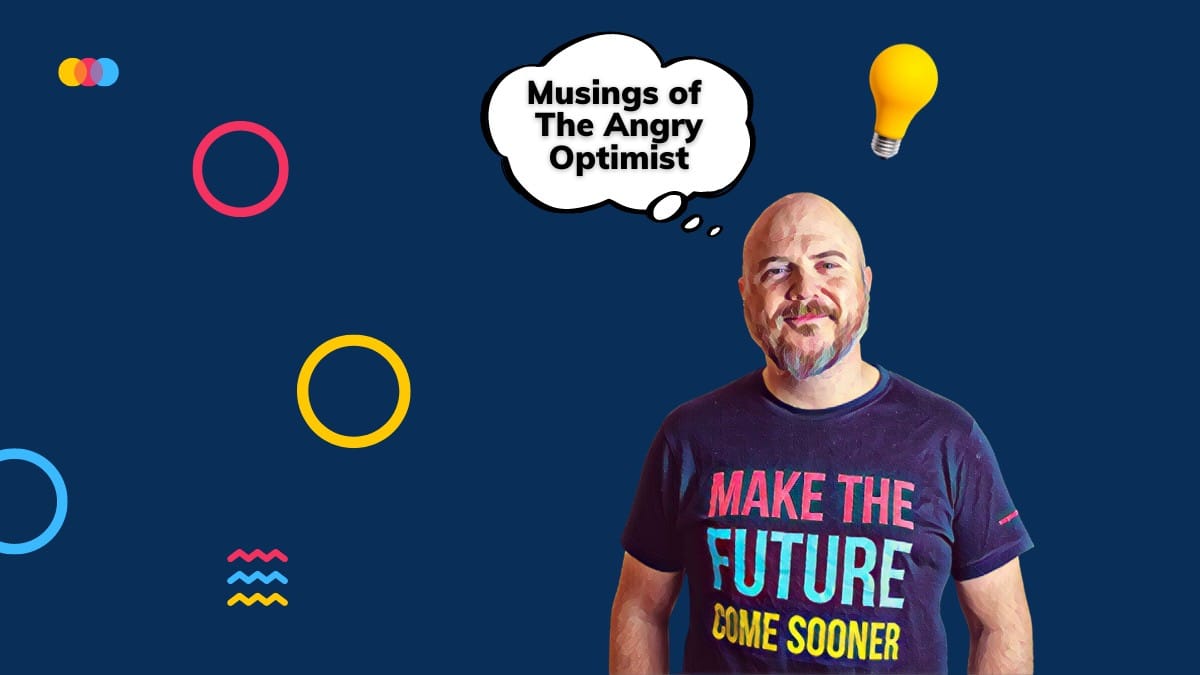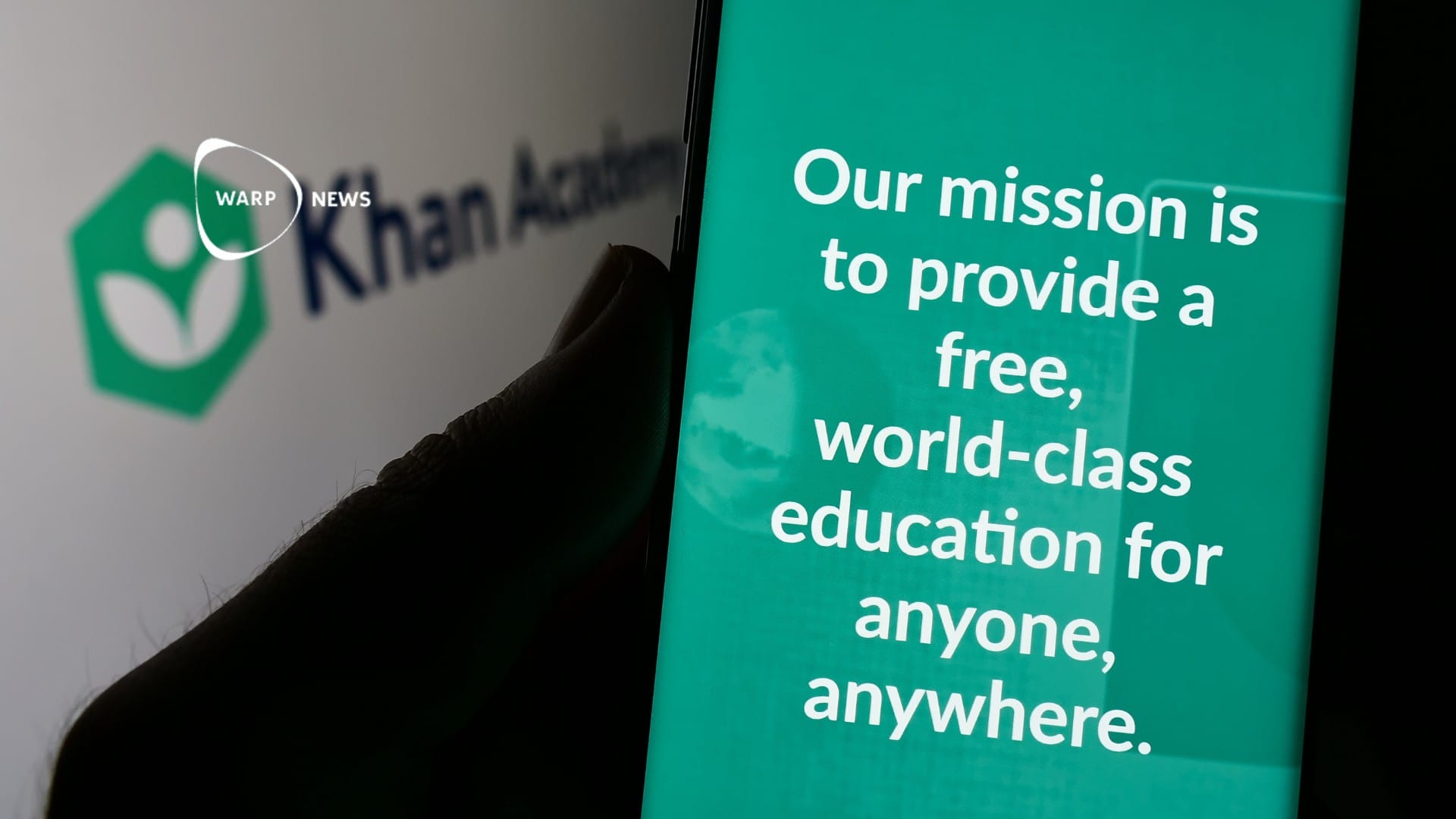
💡 Musings of the Angry Optimist: A robot with ChatGPT
A robot that can pick up trash, while reasoning why it chose to give a human an apple. The robot Figure One uses ChatGPT to talk and listen, while performing physical tasks.
Share this story!
My thoughts, tips, and other tidbits that I believe are suited for a fact-based optimist. This newsletter is for you who are a Premium Supporter at Warp News. Feel free to share it with friends and acquaintances.
1+1 = a whole lot
In September last year, I wrote about how powerful it will become when two developments are combined. Firstly, when machines (robots, cars, etc.) see and understand their physical environment, as we had seen Tesla's humanoid robot, Optimus, manage. Secondly, when machines can see, hear, and speak, which we then saw ChatGPT do.
Now we see this combined in a robot from the company Figure.
Human and robot stand together at a sink.
"Hey Figure One, what do you see right now?"
"I see a red apple on a plate in the center of the table, a drying rack with cups and a plate, and you standing nearby with your hand on the table."
"Great. Can I have something to eat?"
"Sure, thing."
[Gives the human the apple]
"Great. Can you explain why you did what you just did while you pick up this trash?"
[Pours trash on the table]
"So, I gave you the Apple because it's the only edible item I could provide you with from the table."
[Simultaneously picks up the trash]
A new kind of robot
So far, robots have been good at repeating the exact same movement quickly and efficiently. But a robot that can move a car chassis can't unload the dishwasher.
When the flexibility exhibited by Figure One is achieved, these robots will of course be extremely useful. Mowing lawns, mixing drinks, cleaning, cooking, making beds, raking leaves, throwing out trash, shopping, and so on, and so forth.
Besides the fact that it would be very nice to avoid doing much of the above, these robots will be able to have a huge impact on the global economy. Which I have also written about before:
"Robots that understand and can interact with their surrounding environment will be able to do all human physical labor, leading to a dramatic expansion of the world economy."
1+1 becomes a whole lot.
How close is this?
What we see in the video is extremely impressive, but it's a demo. We don't know how many potentially failed attempts were made to achieve it. We also don't know how flexible Figure One is. Can it also mow the lawn and make the bed? Those last percentages in understanding can be very hard to achieve. Moreover, making a prototype is significantly easier than mass-producing robots at a low cost. Prototypes are easy, production is hard, as Elon Musk often says.
Therefore, it's very difficult to know when this kind of robot will make a breakthrough in our society. But it's hard to believe it's decades away (as David Tutor argues in the text I wrote about on Tuesday). My best guess is that we'll start seeing them in society and in some homes at the beginning of the 2030s. Before that, they could certainly be useful in factories and more controlled environments.
Mathias Sundin
The Angry Optimist
By becoming a premium supporter, you help in the creation and sharing of fact-based optimistic news all over the world.


